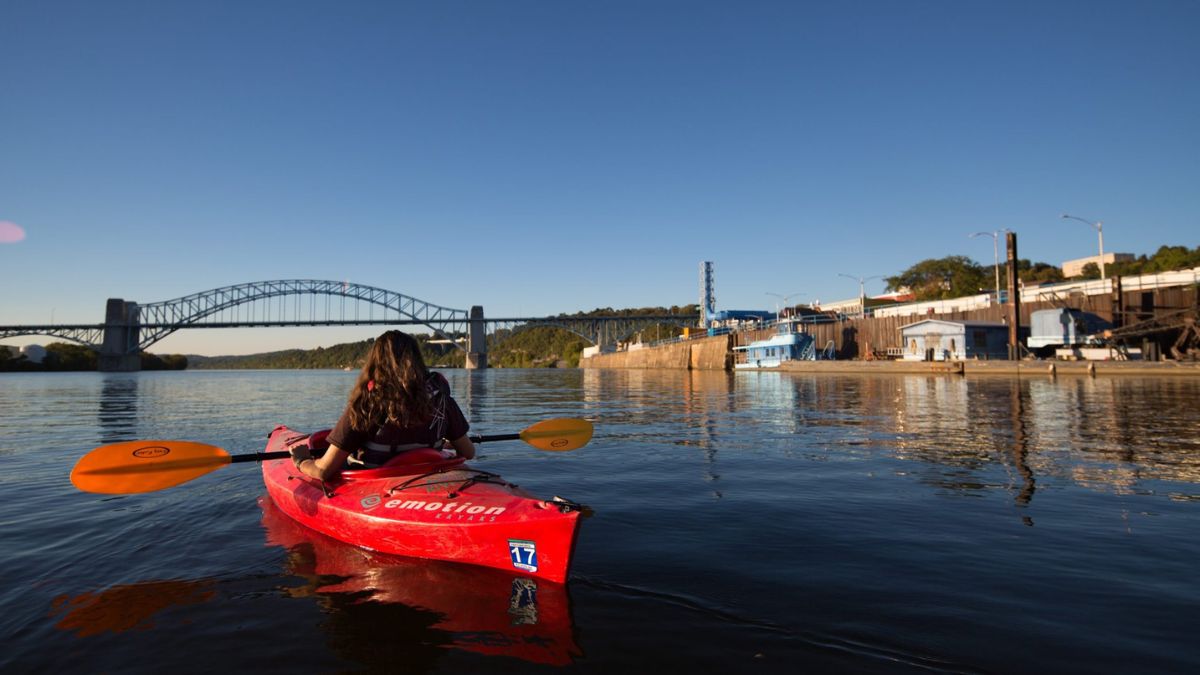Two chemical companies will pay for the cleanup of a Superfund site along the Ohio River.
Honeywell and Olin will pay at least $8 million to clean up a contaminated site south of Moundsville, the U.S. Environmental Protection Agency said on Tuesday.
The EPA and the West Virginia Department of Environmental Protection reached a settlement with the two companies. The actual cleanup cost could be more, the EPA said.
Mercury and chloromethane are the primary contaminants in the soil and groundwater at the site, and the cleanup will contain and remove it.
The Hanlin-Allied-Olin Superfund site is named for the various companies that operated there for the past 70 years. Allied is now part of Honeywell.
The site was added to the Superfund program’s National Priorities list in July 1999. Superfund sites are federally designated abandoned or uncontrolled hazardous waste sites.
